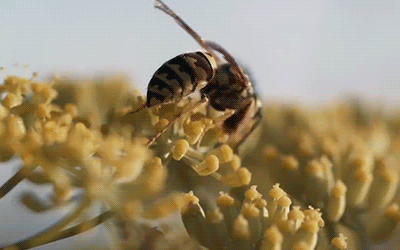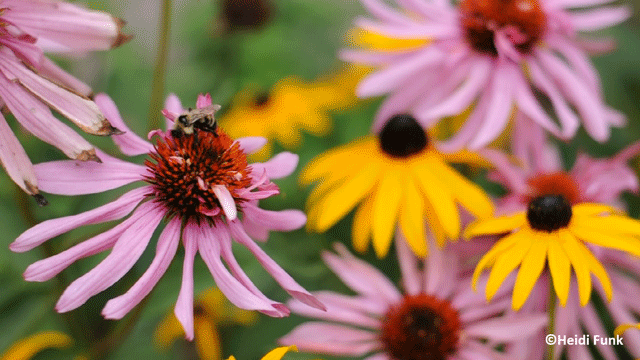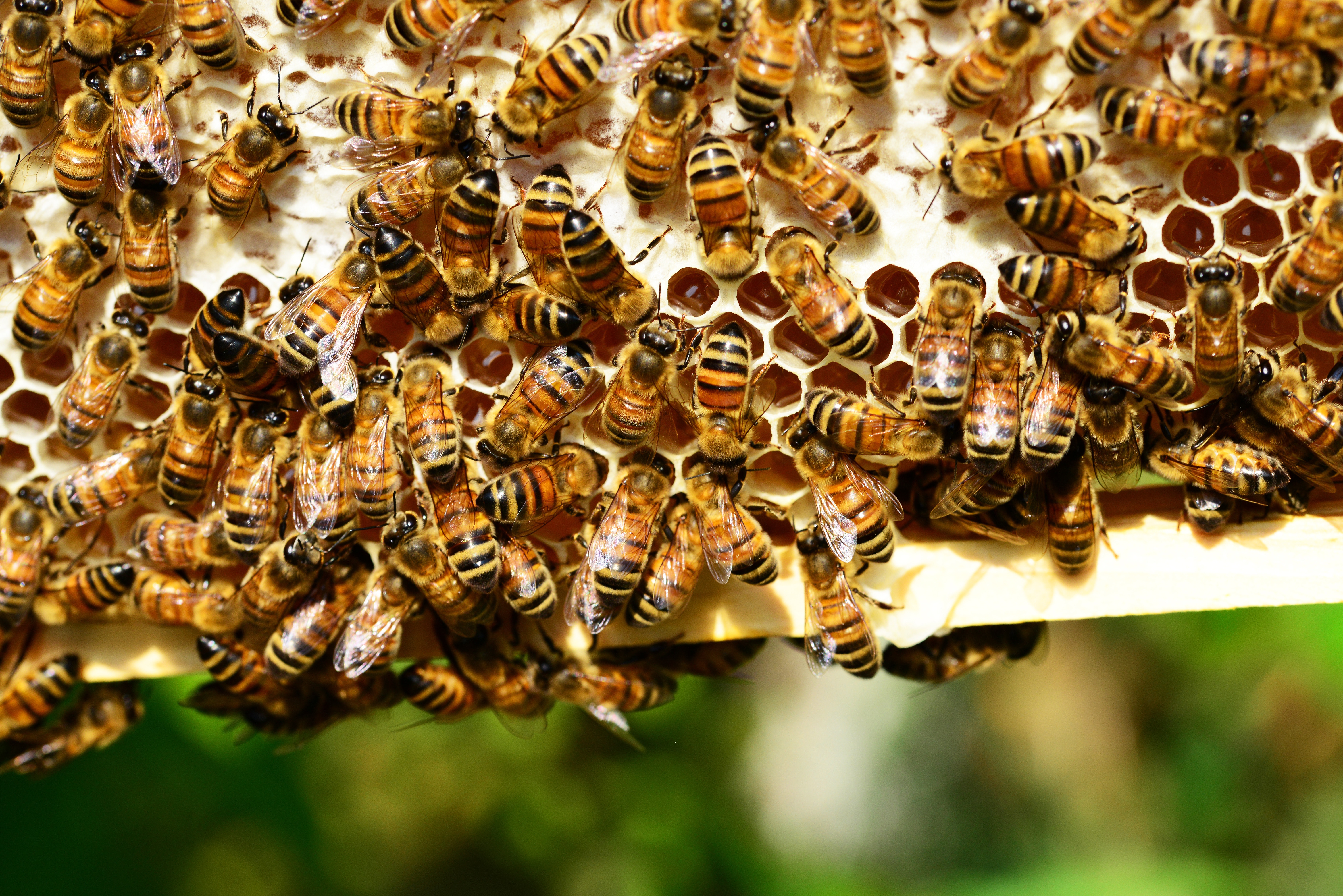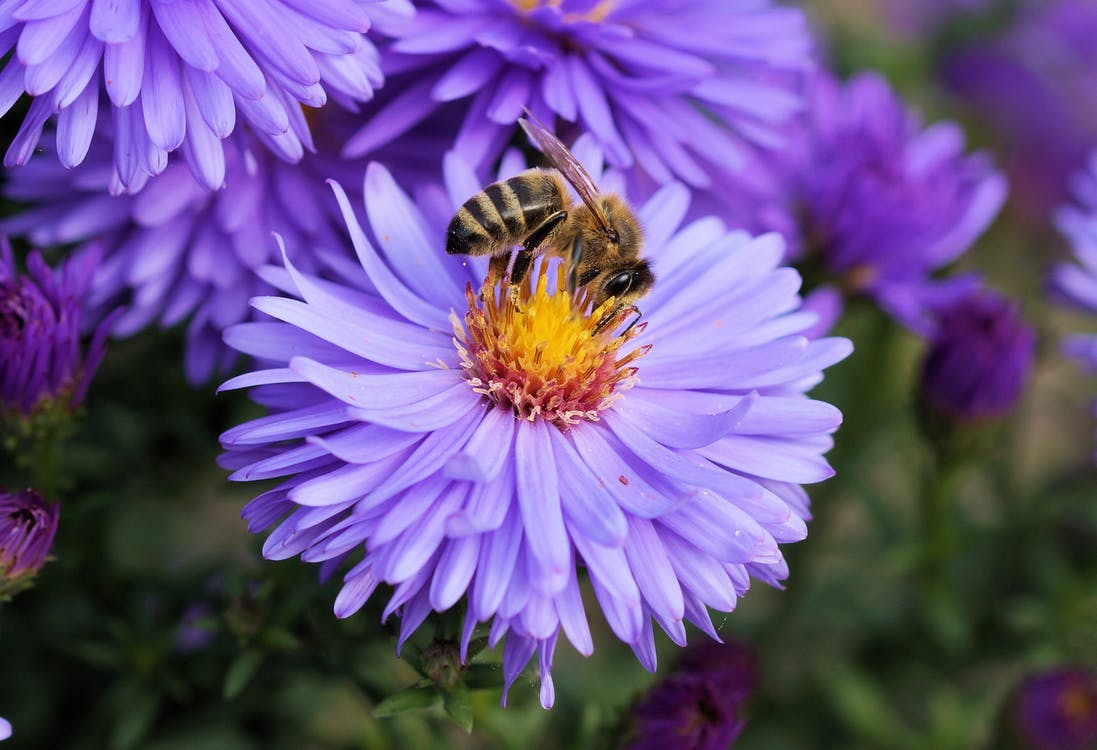It’s World Bee day and we’ve compiled some interesting facts about our flying friends. We’ll try to keep the bee puns to a minimum because bee puns always sting. We really don’t get what all the buzz is about!

Fun facts about Bees:
Honey bees beat their wings around 190 times a second; that’s 11,400 times a minute! The speed of their flapping wings is why we hear the “buzzing” noise when they fly past.
The average worker bee will only make around 1/12 of a teaspoon of honey in its lifetime.
It would take 1,100 bees to make 1kg of Honey, and they would have to visit 4 million flowers!
Newcastle University research has shown that the initial sweetness a bee tastes when they feed on nectar can last up to 10 seconds – this is much longer than in other insects! Find out why bees have such a sweet tooth here.
In every hive there is a queen bee, the queen bee can live up to five years. The summer is the busiest month for her as she can lay up to 2,500 eggs a day.
Did you know bees are also excellent dancers? When a worker returns to the hive, it will give it’s hair a quick brush with a ‘honeycomb’… and will perform a “waggle dance”. The bee will move itself in a figure of eight motion and will waggle its body to indicate where the best food source is.
Fossil evidence is sparse for these tiny creatures, but scientists believe bees have been around for more than 100 million years!

Not so fun facts:
Unfortunately the number of bees is declining very fast, in the past 15 years, whole colonies have been disappearing. Billions of bees across the world are dying, this is called ‘colony collapse disorder’ – in some regions 90% of bees have disappeared.
The reasons why bees are declining in numbers are very hard to determine although one known cause is the pesticides farmers are spraying on their crops. These chemicals are entering the hives from the worker bees who are out collecting pollen; if the chemicals are too toxic they will kill the bees.
Another factor leading to bees disappearing is the Vaorra mite. This mite attacks the worker bees and infects it with the varroosis disease. This disease will then kill the bee.

How you can help?
Make sure you are not using pesticides on your plants and you are carefully checking your plants to see if they have been pre-treated with any harsh chemicals.
If you are going to plant flowers in your garden or local area, always use bee friendly plants that bees can use to make more honey. Some examples are Crocuses, hyacinths and English marigolds. Surprisingly no bee-gonias!
You may not have known this but bees are thirsty; so along with all the beautiful flowers you are going to plant, place a small basin of water beside them and allow your busy visitors to have a drink.
Remember bee puns are good for your health, they give you lots of vitamin Bee!
